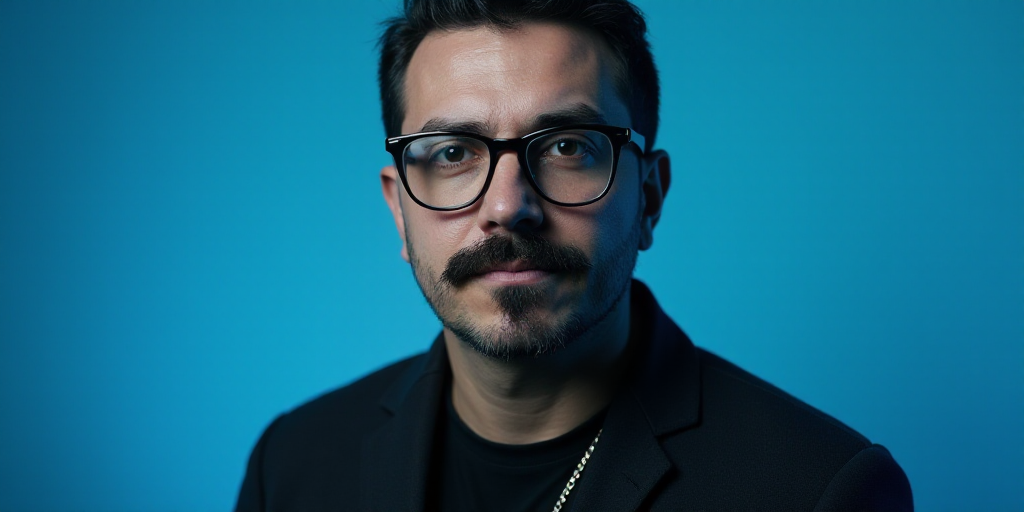Understanding Medicalization: A Critical Perspective and Social Process
The term “medicalization” may sound simple, almost familiar. However, it is a moderated technicality that evokes the presence of medicine where it previously did not exist, such as in schools, sexuality, aging, pregnancy, and child-rearing. It is not merely about the use of medications or medical treatments but a broader process where medical knowledge, technologies, and authority extend into everyday aspects of human existence. The apparent clarity is deceptive.
Medicalization is not simply about the expansion of medicine; it primarily questions the type of knowledge, authority, and power that such expansion implies. It asks what is gained and lost when various aspects of human existence—sadness, death, rebellion, infertility, the female body—are redefined as medical intervention objects.
From the Art of Healing to a Normalizing Device
Historically, medicine was limited in its outcomes and lacked institutional location until the 18th century. Physicians coexisted with herbalists, midwives, apothecaries, and folk healers. Medical knowledge circulated in manuscripts, local practices, and empirical wisdom. According to Michel Foucault, medicine began transforming into a state science around the 18th century, aligning with growing government interest in population health.
Foucault identified two turning points. First, a scientific model emerged in the late 18th century, seeking visible bodily causes of illness (clinical gaze). Second, during the 19th century, governments started structuring public health systems as part of their population control and regulation functions. Medicine shifted from focusing on individual patients to intervening on the population as a collective entity: births, deaths, epidemics, urban hygiene, nutrition, and sexuality.
This transformation turned medicine from an “art of healing” into a “device of normalization,” aiming to regulate, measure, classify, and predict life. Tools like medical statistics, nosology, civil registration, and clinical history helped render the body readable, calculable, and predictable. Medicine ceased being an “art of healing” and became a “device of normalization.”
The Blind Spot: The Omission of Medicalized Bodies
Despite their profound and structural critique, both Foucault and Ivan Illich overlooked the experiences of those most medicalized—feminine bodies, poor bodies, racially marked or caste-based bodies that have been systematically intervened upon, regulated, and silenced.
Ann Oakley’s work is crucial here. She not only adopts the critique of medicalization but transforms it by revealing its deep sexism. In her book “Captive Uterus…,” Oakley documents how modern medicine has historically operated as a patriarcal technology of female body control.
Oakley shows how institutional obstetrics replaced women’s knowledge—midwives, wise women, communal experiences—with a masculine, hierarchical medical approach. Childbirth transitioned from a collective feminine experience to a medicalized procedure in hospitals, governed by strict rules, invasive protocols, and limited female autonomy.
Medicalization was not merely an expansion of medical knowledge but also the imposition of male authority over women’s bodies. In the name of progress, unnecessary cesareans, routine episiotomies, movement restrictions during labor, and excluding partners from the birthing process were enforced. These practices solidified by the late 20th century in both public and private sectors, though with differences: public sector was more restrictive on birthing options, while the private sector was more permissive in form but selective in access. In both cases, female autonomy remained subordinate to technical protocols and medical hierarchies.
Although medicalization is often associated with control or domination, it has also brought health and autonomy advances, albeit tense. Some forms have broadened access to services previously unavailable or exclusive—mental health treatments, modern contraceptive methods, professional birthing care. However, even in these cases, benefits came at a profound cost: contraceptives empowered women with fertility self-management but were also promoted in coercive or birth control contexts. Professional obstetric care saved lives but favored interventions eliminating female knowledge and limiting women’s autonomy.
Medicalization should be analyzed by its intentions, means, and the bodies it affects.
Medicalization in the 21st Century: Balancing Control and Autonomy
Today, medicalization expands into new areas: mental health, sexual desire, sadness, productivity, menstrual bodies, and cognitive performance. Anything can become a diagnosis, treatment, or prescription. Digital technologies—from fertility apps to predictive health algorithms—strengthen silent, algorithmic, and disguised medicalization. The question remains: what is being medicalized, who decides, and at what cost?
Commercialized salutism is a contemporary form of medicalization: subtle, aesthetic, and algorithmic. It shifts the focus from care to personal optimization, converting well-being pursuit into a moral obligation. In other words, it represents a medicalization of well-being that overshadows the collective sense of care.
Returning to critical reflection on medical knowledge helps us understand our current situation. Listening to Oakley and other feminist scholars reminds us that medical power embodies and affects specific bodies, often without consulting them but defining them from the outside.
Medicalization is not just about medicine; it’s about organizing life, normalizing bodies, managing suffering, fabricating needs, and redefining experiences. It’s also about resistance: those claiming the right to experience their biological, affective, or existential processes without being treated as patients, corrected, or silenced.
The critique of medicalization is not an attack on medicine but a bet on its transformation. It seeks to restore medicine’s ethical dimension, context sensitivity, and active listening. We need more narrative medicine instead of all-encompassing medicine that knows its limits, when to withdraw, and how to accompany without imposing.
Selected References
- Foucault, M. (1963). El nacimiento de la clínica. Siglo XXI Editores.
- Illich, I. (1975). Némesis médica: La expropiación de la salud. Barral Editores.
- Oakley, A. (1984). The captured womb: A history of the medical care of pregnant women. Blackwell.
- Porter, R. (1997). The greatest benefit to mankind: A medical history of humanity. W. W. Norton & Company.
*The author is a Tenured Professor in the Department of Public Health, Faculty of Medicine, UNAM and Emeritus Professor in the Department of Health Measurement Sciences, University of Washington. The opinions expressed in this article do not represent the position of the institutions where he works.






